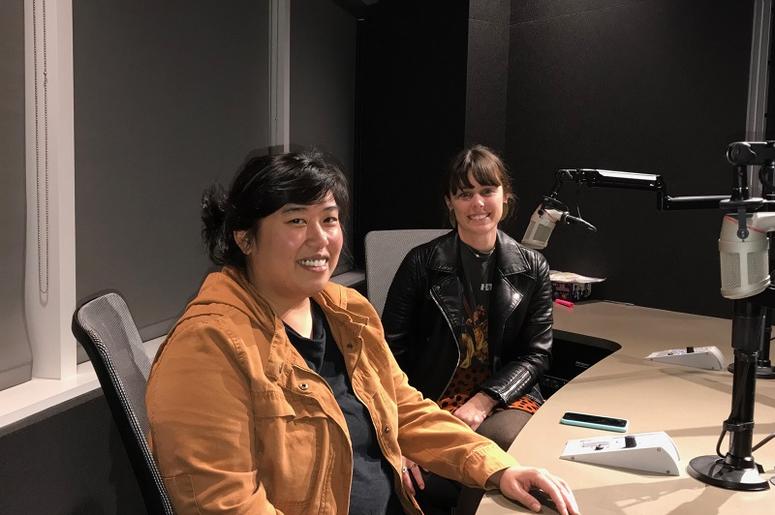
On Sunday morning, Edsel Ariel Benitez got a familiar call from his boss, urging him to come into work and relieve the other cook at the San Diego KFC. For the 19-year-old community college student, who was born in San Diego and lives in Tijuana, picking up a shift means navigating the largest land border crossing in the world. And on Sunday, things were extra complicated: The San Ysidro Port of Entry was shut down as US law enforcement met a border protest by migrants with tear gas. So he made his way toward the Otay Mesa Port of Entry, about 15 minutes east.
“Once I got to Otay, you don’t even know the surprise that I got. The line was something I’ve never seen before,” he said. “Easily it would have taken three to three-and-a-half hours to cross that day.” He waited an hour, barely moving forward, the stress of angering his boss hanging over him. Then he saw the San Ysidro border had reopened after hours of closure. He headed there and found it nearly empty except for the armed border guards, the dirt mounds, and the barbed wire, all intended to ward off migrants.
“Honestly, it looked like a war zone,” he recalled.
It wasn’t until after he finally made it to his job after a seven-hour-trek, worked a two-hour shift that paid him less than $20 after taxes, and headed back home to Tijuana that panic set in. “I don’t know when it will happen to me that I’ll be in the border when the Central Americans think to cross again by force, and maybe in that moment the US agents grabs me and, I don’t know, beat me and blast me with pepper spray,” he said. “Just because I’m there.”




